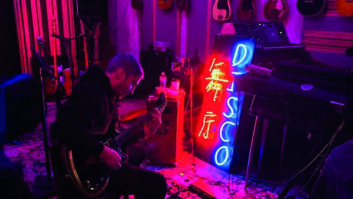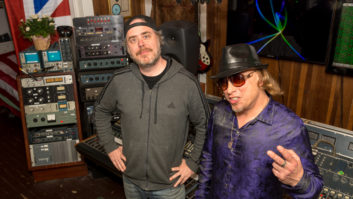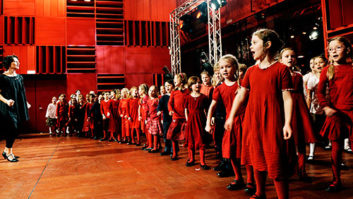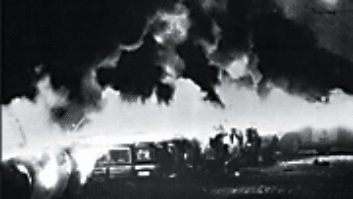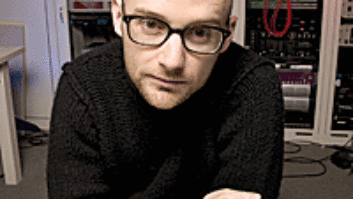Eric Choucroun spec’d Neumann
TLM 103 mics and Rupert Neve
Design mic pres and compressors
for the Washington Metro.Washington, DC (April 21, 2009)–Compared to many subway systems, the 86-station Washington Metro rapid transit system in Washington, D.C. is relatively quiet, but until recently its paging system was sqawky and distorted. Aiming to change that, all of its announcement mics were replaced with Neumann TLM 103s.

Washington Metro has one command and control center in downtown Washington D.C., and a second that is near completion in Hyattsville, Maryland. Within each center, four workstations permit the simultaneous pre-recording of separate pages or, more frequently, simultaneous real-time pages with different content sent to different areas. Each of the eight workstations has–or will have–a Neumann TLM 103 paired with a Rupert Neve Designs 5015 Portico Series mic pre and compressor.
“The goal was to elevate the quality of their announcements far above that of the quintessential train station,” said Greg Lukens, vice president for Washington Professional Systems, the company hired by Metro to make the improvements. “America’s ear has matured and has come to expect broadcast-quality audio. Of course, the way to start is with a broadcast-quality microphone. That put us on the right track, all puns intended.”
Nevertheless, with a list price of nearly $1,500, one could argue that moving to a Neumann TLM 103 took the improvement too far. After all, many actual broadcast operations will settle for something less, out of consideration of cost. Eric Choucroun, audio/video account executive with Washington Professional Systems, disagrees. “Apart from the aesthetic,” he says, “this is really a matter of public safety. Pages need to be intelligible for the hundreds of thousands of people who ride Metro every day. Within the scope of the entire public address system project, a handful of high-end microphones is a very modest expense. From that perspective, it’s curious to me that they didn’t include high-end audio equipment from the beginning.”
Not only did Choucroun and Lukens have to modify a system with a high-quality input transducer, they had to include processing that would render similar the disparate vocal qualities of Metro’s many announcers. The Neve 5015 Mic Pre and Compressor serves that function. “We squash the compressor a bit more than you might in a broadcast operation,” said Choucroun. “That ensures that quiet speakers will end up in the same audio space as those with big, boomy voices.”
Choucroun would like to do even more with Metro’s sound system. “In my opinion, the weak links are the transducers,” he said. “The microphone at the front end and the speakers at the back end. We started at the front, and that was relatively easy. We only had to replace eight microphones. Improving the speakers on the back end is much more logistically challenging. There are thousands of speakers distributed, by design, as widely as possible throughout all of the Metro stations. I am working on replacing part of the speaker system in one of the stations. It will serve as a vivid demonstration of just how much better the system can sound when we carefully consider the principles of audio electronics and acoustics.”
Neumann (distributed by Sennheiser US)
www.sennheiserusa.com
